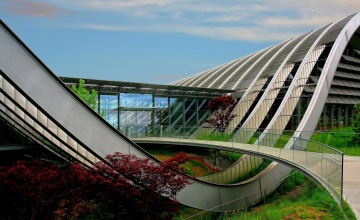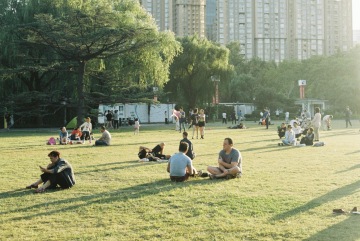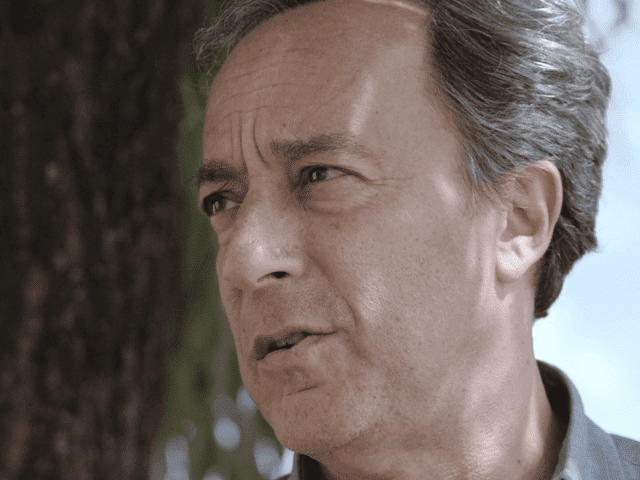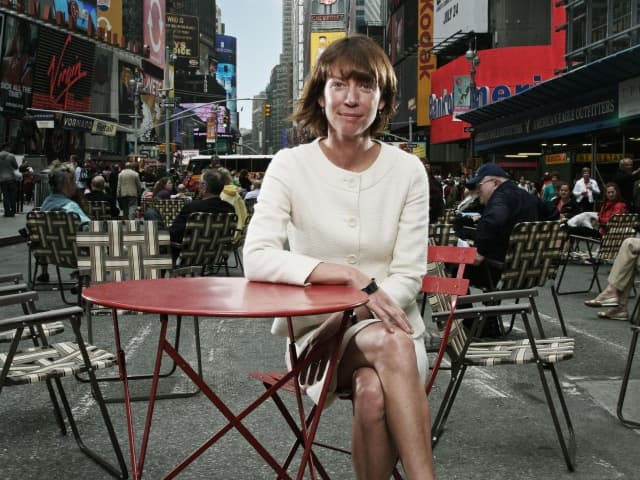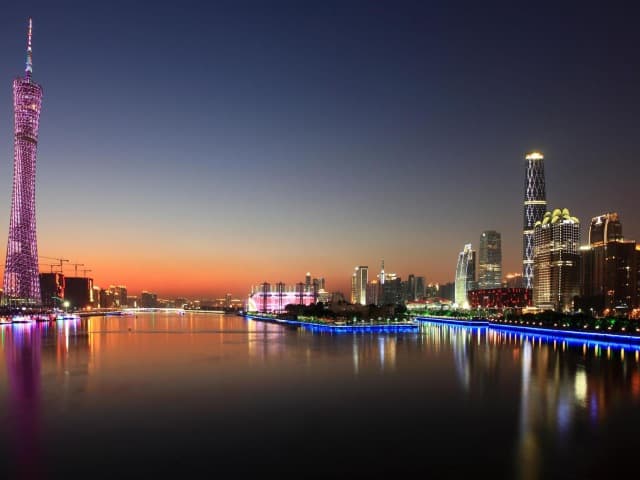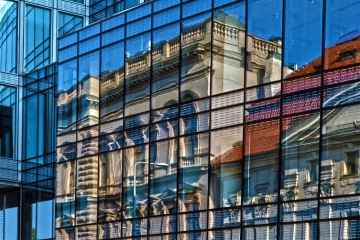
Brooklyn to Prague: Rough to Luxurious
Martin Barry answers why he chose to move from Brooklyn to Prague.
When I tell people in my personal, professional and media network that I have moved from Brooklyn to Prague, a similar question arises in several forms. “Why would you move from Brooklyn to Prague?
Over the last ten years, Brooklyn has been the epicenter of the local, urbane and hip lifestyle of New York City’s urban renaissance. It has been an inspiration for many comeback, creative cities or neighborhoods in North and South America, Asia and Europe; and referenced at major urban design conferences as experts refer to the “Broooklynization” of a certain place. What this means, of course, is that the place has become cool with young professionals and so-called hipsters, gentrifying and quickly becoming too expensive. So, when I tell people in my personal, professional and media network that I have moved from Brooklyn to Prague, a similar question arises in several forms. “Why would you move from Brooklyn to Prague? Is there a woman here?” No, there is not.
Recently, I had a coffee with Michael Kimmelman in one of his favorite cafes on the Upper West Side of Manhattan. Kimmelman is the well-respected architecture critic of the New York Times. He asked the same question that countless friends and journalists have asked me in Prague. “Why did you move there?” Having lived in Berlin as the art critic for The Times, Michael recognized part of my answer. “Europe is luxurious,” I claimed.
We quickly shared stories about living in Europe. Our fellow New Yorkers would certainly hate us for those stories. Mine went like this: Last week, I took a 7-minute bike ride, partially thru Letna park, to the office from my flat. On the way, I stopped for a cappuccino and ran into a friend, which is a relatively common occurrence in small city. I left my bike against the window of the shop and we drank coffee on the pedestrian mall, under a budding cherry tree. I arrived at the office at around 9:45, a bit later than usual. The day was typically full of meetings, but I was back on my bike headed to meet a project partner for an evening prosecco at a new shop across the street from my flat in Letna, where we talked about our work together. It was a nice evening. Being alone in Prague, I spend most of my time working. Naturally, I had no food in the fridge. So, we decided to eat fish at the local Italian/Croatian place in my neighborhood. I was home by 10pm, finished some work and had a nightcap at a local cocktail bar with one of my only expat American friends who lives nearby. The most difficult part of my day (outside of work) was walking through the minefield of dog excrement that usually dots the sidewalks in Letna. For some reason, until recently the police have decided not to regulate a law which bans dogs from using the sidewalk as their toilet. I will never understand the people who own these dogs and allow them to roam freely on the streets, dropping their poop wherever they please, even if it happens to be directly outside of the front door to my building. Do they allow their dogs to use their home floors in the same way? Who do they expect will pick up this mess, if not the poor shoes of an unsuspecting pedestrian? In any case, it was the enjoyment of my day that Kimmelman could relate to and remember well from his time in Berlin.
In New York City, everything is a challenge from getting to work in the morning to finding a good doctor. Relative to lifestyle, it is luxurious to live in Europe. It is especially luxurious to live in Prague, a city with most of the amenities and lifestyle of any other great European capital and a slower pace and greener town than most other cities. The everyday experience that might seem common for most foreigners in Prague is a dream that seems out of reach for so many of my former neighbors and colleagues in New York City; a place that is incredibly exciting but seemingly impossible to live a normal life.
©Martin Joseph Barry 2016 | ASLA, MLA, Fulbright
Prague, Czech Republic
Related Stories
Five Talks On Using Design for Social Impact
Socially conscious designers leverage economic, environmental, political and cultural factors and consider them in their efforts to improve the livability of the built environment.
Six Talks on Designing Cities to Include Greenspace
Cities benefit tremendously from the incorporation of greenspace, a connection to nature that is an arena to cultivate community.
Four Talks on Smart Cities: Do They Enhance or Weaponize our Environment
Technology is embedded in contemporary cities. From surveillance cameras to street lights, architects, scientists, planners, and engineers are finding new ways to streamline urban environments to improve the quality of life. Yet, some worry that increasing reliance on technology could lead to its potential abuse, especially when it comes to personal privacy.
Women Make Cities: Five Talks by Women Who Are Shaping the Urban Environment
Within the fields of architecture and urban planning, women are making their case for creating built environments that serve all genders. To close the gap of gender inequality and make spaces more inclusive and safe for women, the unique perspective provided by these speakers is essential to augmenting our idea of design. To move towards more inclusive cities, women must be at the forefront of change.
Related Talks
Creating Common Ground with Michael Kimmelman | reSITE City Talks
Michael Kimmelman, architecture critic for the New York Times, speaks to reSITE about how architects are responsible for creating healthy cities to address climate change, refugees, and urbanisation. In conversation with urban planners and designers, architects can create resilient neighborhoods and cities.
Janette Sadik-Khan on the Value of Our Streets + PlaNYC
Janette Sadik-Khan, former Commissioner of the Department of Transportation of New York City, discusses programs implemented in her time in the department and the positive changes these have made. She especially focused on safety and community opinion in her policies, and presents how they made safety programs appeal to people and how much safer she made the streets for pedestrians, cyclists, and drivers.
Boom Towns are Immigration Towns with Michael Kimmelman
Michael Kimmelman, architecture critic for the New York Times, uses Stuttgart, Mexico City, and Guangzhou as examples of ways cities have handled an influx of migrants and how the cities have adapted or not adapted differently. The current issues in these cities differ based on location, situation of incoming migrants, and how well the city has handled new arrivals, with Stuttgart presented as a model city for migrant reception.
Designing Lovable Cities with reSITE Founder, Martin Barry
Martin Barry, founder of reSITE and landscape architect, the international platform's mission of hosting public events to encourage collaboration on urban design, city making, and urbanization for the future. An equitable city should have community participation in the built environment, urbanism, urban design, public architecture, and public space.
